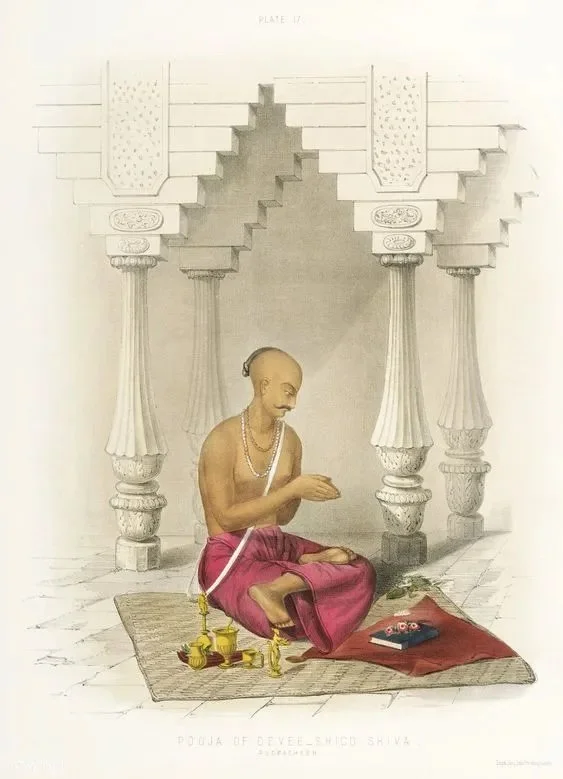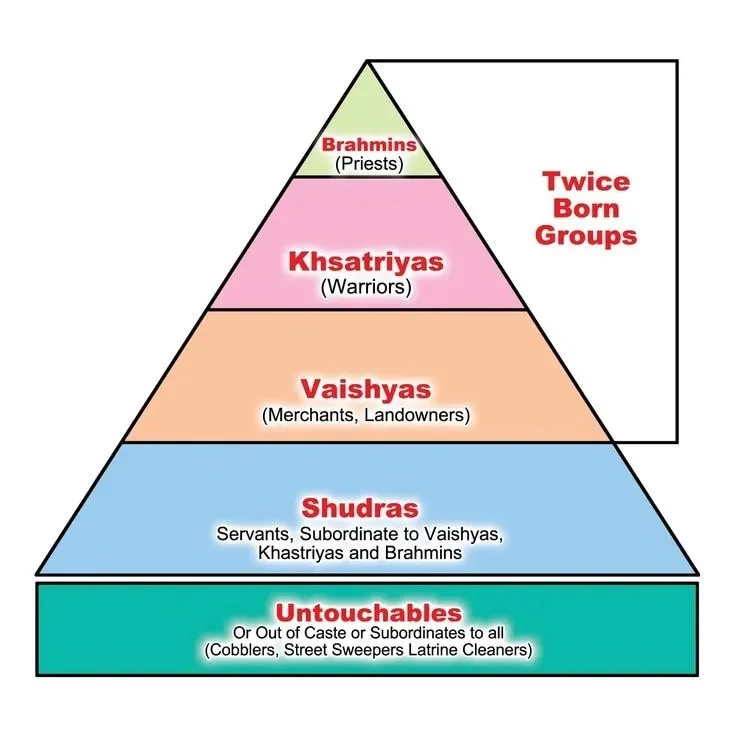Suffering Optional Episode 3 Wise Mind: the DBT Jedi Skill
Walking the Middle path, story of the Buddha and “Is this Wise Mind?”
In Episode 3 of Suffering Optional, Diana and Madeline explore the “middle path” through DBT and Buddhist philosophy, centering on the concept of Wise Mind—a balanced state that honors both emotion and logic. Using stories, including the Buddha’s journey from luxury to asceticism, they illustrate how extremes often fail to bring fulfillment, with Wise Mind offering a grounded, mindful alternative. They delve into the benefits of this balanced approach for handling life’s complexities and close with actionable steps, encouraging listeners to identify their current mind state and make Wise Mind-driven choices that foster inner freedom and resilience.
How to Listen
Episode 3: Wise Mind: The DBT Jedi Skill is available wherever you get your podcasts. Here are links to it on Spotify and Apple Podcasts.
Walking the Middle Path
In traditional Buddhism, the middle path, or Majjhima Patipada in Pali, is the balanced way of life the Buddha advocated as a means to attain enlightenment. The Buddha discovered the middle path after trying both extremes of indulgent luxury and strict asceticism, neither of which brought him the peace or insight he sought. This approach avoids the extremes of self-indulgence and self-mortification, offering a path of moderation and mindfulness instead.
The middle path is primarily understood through the framework of the Four Noble Truths and the Noble Eightfold Path (more on these in future episodes).
Each component of the Eightfold path emphasizes a life of ethical conduct, mental discipline, and wisdom. By cultivating these qualities, practitioners can avoid both the harm of overindulgence and the harshness of extreme asceticism, ultimately finding a way to live that fosters insight, compassion, and inner peace.
In essence, the middle path encourages mindfulness, moral integrity, and wisdom, allowing practitioners to approach life’s joys and sorrows with equanimity and non-attachment.
Jack Kornfield describes the middle way as cultivating a state of mind that “rests between opposites” and seeks neither grasping nor aversion. He likens this balance to “learning to float in water,” where one finds natural support and ease by releasing the need to struggle. This approach emphasizes living with acceptance of life’s ups and downs, allowing experiences to flow without rigid control or attachment.
Sharon Salzberg references the middle way as a stance that avoids extremes in both indulgence and denial. She encourages viewing life through a lens of equanimity, where we observe our experiences without becoming lost in craving or rejection. This aligns with the middle path’s focus on living with intentional presence and non-attachment
Pali Translations (as promised)
In each episode, Maddie introduces important terms from Buddhism. These terms are the original words from Pali Sanskrit (the language believed to have been used in the time of the Buddha.)difference.
Tapaso
The tāpasos were ancient Indian ascetics who believed in achieving spiritual purity through extreme self-denial, a tradition present in both Hindu and Jain practices. These ascetics viewed intense physical and mental austerities as a means to break free from attachment and desires. Rooted in the teachings of the Upanishads and Vedic scriptures, their practices included severe fasting, holding difficult postures for extended periods, enduring harsh weather, and practicing sensory deprivation. The tāpasos aimed to conquer bodily needs, seeing the body as an obstacle to enlightenment.
Practices of the Tāpasos
The tāpasos adhered to practices that reflected their dedication to detachment from material comfort and the physical body. Some common practices included:
Severe Fasting: Consuming minimal food and water, sometimes limited to a grain of rice or a few seeds per day, aiming to discipline the body and reduce reliance on physical sustenance.
Physical Endurance: Holding extreme postures for hours or days without rest, exposing themselves to the elements, like intense sun or rain, and sleeping on hard surfaces.
Breath Control: Engaging in extended breath-holding, thought to still the mind and overcome the body’s natural impulses.
Sensory Deprivation: Isolating themselves in dark caves or silent places, away from sensory stimuli, to focus solely on spiritual contemplation.
When Siddhartha Gautama began his spiritual journey, he joined the tāpasos, fasting nearly to the point of death and pushing his body to extremes. However, he ultimately realized that such practices led only to more suffering, not enlightenment. This insight led him to abandon the extreme asceticism of the tāpasos in favor of the middle path—a balanced approach that integrates mindfulness and compassion without self-harm or indulgence. This pivotal shift laid the foundation for Buddhism’s core teachings on moderation and inner peace.
Brahmin
The term Brahmin (Brāhmaṇa) traditionally refers to the priestly caste in ancient Indian society, associated with religious authority, learning, and ritual duties within the Vedic tradition. As the highest caste in the social hierarchy, Brahmins were seen as custodians of sacred knowledge, responsible for preserving and performing religious rituals and for teaching sacred texts.
In Buddhist teachings, the Buddha reinterpreted the concept of a “true Brahmin.” Rather than defining a Brahmin by birth or social standing, he taught that a Brahmin is someone of moral purity, wisdom, and virtue. This interpretation broke away from the rigid caste-based perspective, suggesting that spiritual development and ethical living, rather than birthright, define a person’s worth and spiritual authority.
Throughout the Buddha’s life, he often engaged with Brahmins, debating and challenging the Vedic emphasis on ritual as the path to liberation. Instead, he emphasized an individual’s conduct, mindfulness, and insight as the true path to spiritual freedom. The Buddha’s redefinition of “Brahmin” as one who lives with wisdom and compassion was a radical departure from conventional views of caste, encouraging a broader, more inclusive approach to spiritual practice.
In modern India, there is significant debate surrounding the role of Brahmins, who were historically the highest caste, holding religious authority and social privilege. To address centuries of inequality in the caste system, the Indian government introduced a system of “reservations” (similar to affirmative action) that reserves spots in education and government jobs for marginalized castes who have traditionally faced discrimination.
While these policies aim to create equal opportunities, some Brahmins and members of higher castes feel they now face “reverse discrimination,” arguing that these policies limit their access to jobs and education. This has led to ongoing tension between those advocating for social equity and those who feel the system is now unfair to them, making the Brahmin identity and caste-based privilege a sensitive and complex topic in India today.
Make it stand out












